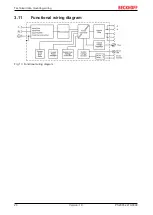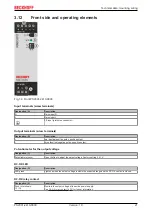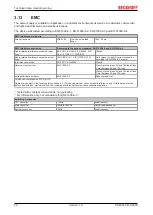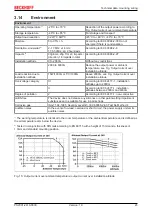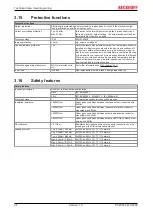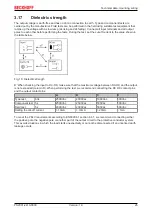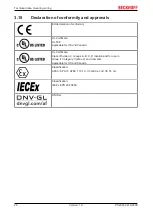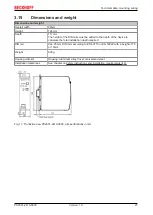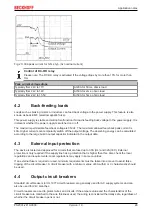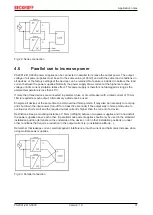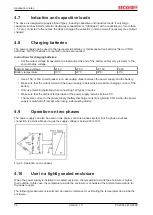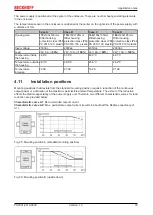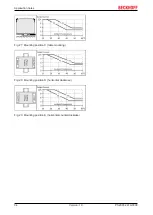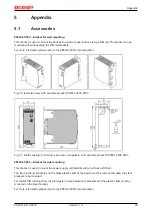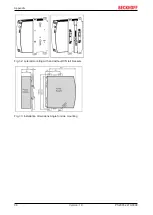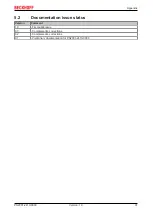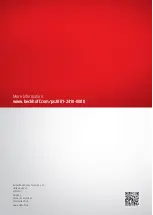
Application notes
PS2001-2410-0000
32
Version: 1.0
4.7
Inductive and capacitive loads
The device is designed to supply all load types, including capacitive and inductive loads. If very large
capacitors such as EDLCs (electric double-layer capacitors or "UltraCaps") with a capacitance of more than
1.5 F are connected to the output, the device charges the capacitor in hiccup mode if necessary (see Output
chapter).
4.8
Charging batteries
The power supply can be used to charge lead-acid batteries or maintenance-free batteries (SLA or VRLA
batteries). Two 12V batteries connected in series are required.
Instructions for charging batteries:
• Set the output voltage (measured at no load and at the end of the battery cable) very precisely to the
end-of-charge voltage.
End-of-charge voltage
27.8V
27.5V
27.15V
26.8V
Battery temperature
10°C
20°C
30°C
40°C
• Use a 15A or 16A circuit breaker (or a decoupling diode) between the power supply and the battery.
• Make sure that the output current of the power supply is below the permissible charging current of the
battery.
• Only use matching batteries when connecting 12V types in series.
• Make sure that the ambient temperature of the power supply remains below 40°C.
• The reverse current to the power supply (battery discharge current) is typically 3.5mA when the power
supply is switched off (except when using a decoupling diode).
4.9
Operation on two phases
The power supply can also be used on two phases of a three-phase system. Such a phase-to-phase
connection is permissible as long as the supply voltage is below 240V+10%.
Fig. 24: Operation on two phases
4.10
Use in a tightly sealed enclosure
When the power supply is installed in a sealed enclosure, the temperature inside the enclosure is higher
than outside. In this case, the temperature inside the enclosure is considered the ambient temperature for
the power supply.
The following measurement results can be used as reference for estimating the temperature rise inside the
enclosure.



